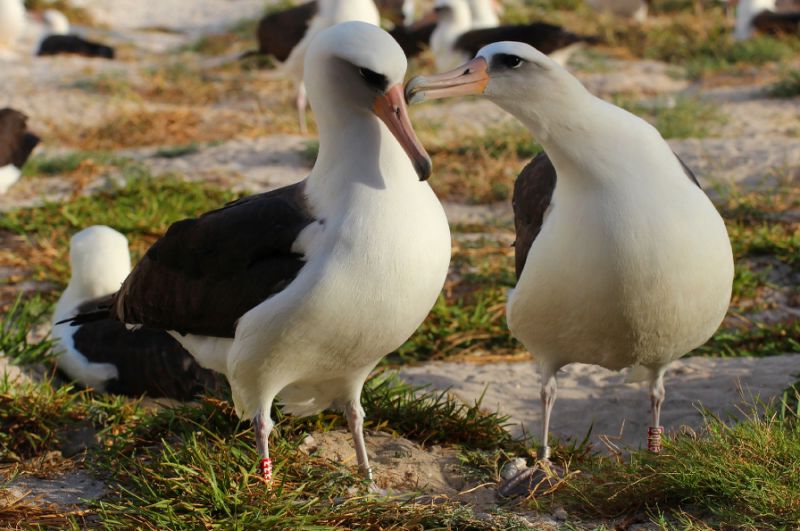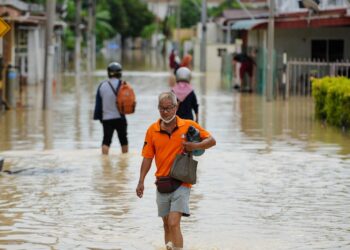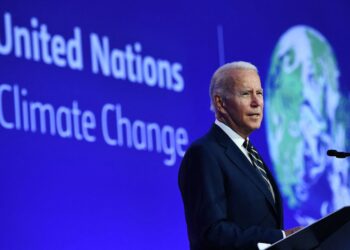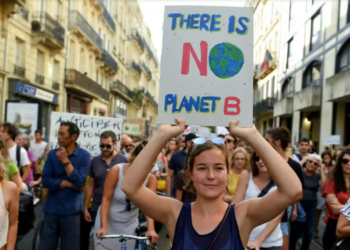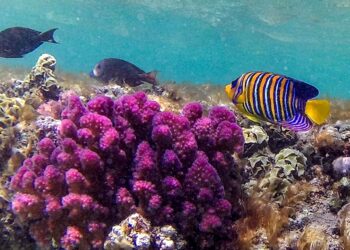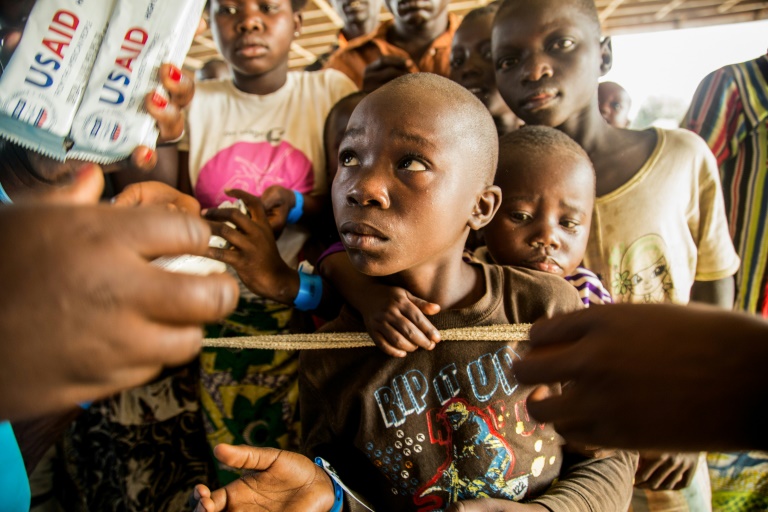Human activities have put up to a million species at risk worldwide, and it’s easy to think this is a recent phenomenon caused by the rise in deforestation, industrialization, and climate change.
However, one of the greatest human impacts on biodiversity since 1500 has been the introduction of rats and mice onto the hundreds of thousands of islands around the world, transported aboard boats during conflicts and exploration.
Rats, Mice, and Islands
Thanks to our seafaring ways going back centuries, invasive rodents are present on 80 percent of the world’s islands groups, endangering seabirds, aquatic animals, and flora and fauna. As a result, an estimated 75 percent of extinctions have happened on islands, and rats and mice are the primary cause.
Despite representing just five percent of the planet’s land area, islands are today home to more than 40 percent of all endangered animals.
Yet, as we marked the International Day for Biological Diversity on May 22, there is cause for hope and a course of action we can take to reverse the decline. Humans may have been responsible for introducing invasive species to islands, but they can also eliminate them as well as part of targeted conservation efforts.
At the turn of the millennium #puffins were almost extinct on #LundyIsland, but since the removal of rats, it is now an internationally important stronghold for seabirds!#thursdaythoughts @LundyLandmark @RSPBScience @nationaltrust @NaturalEngland https://t.co/BRhipXcJgR
— Gough Island Restoration (@GoughIsland) May 30, 2019
If we can eradicate invasive rodents from just 169 islands, we can protect 10 percent of the world’s most threatened terrestrial species, preventing the loss of indigenous species and safeguarding the diversity of island life for the future.
The Case of Midway Atoll
One of those priority islands is Midway Atoll in the Northwest Hawaiian Islands, where mice are attacking the world’s largest colonies of albatross.
Volunteers began noticing injuries to the seabirds on the atoll, site of the Battle of Midway during WWII, in 2015. Night-vision camera footage captured mice crawling onto the birds and wounding them as they resolutely defended their eggs.
More than three million birds across 29 different species rely on Midway Atoll, including a third of all black-footed albatross and around 75 percent of Laysan albatross, making the eradication of invasive mice a priority.
The challenge now is to act with speed to prevent an extinction crisis, both on Midway Atoll and beyond. This requires funding and resources for traditional conservation efforts, which on Midway Atoll involves a complex mission to temporarily relocate critically endangered species while rodenticide bait is laid for the mice. But it also requires ongoing investment into new and transformational conservation interventions so that we can eventually outpace species loss worldwide.
Genetic Technologies
In the future, for example, we may be able to use genetic technologies to breed out invasive species on islands using a system known as gene drive.
While research in rodents is in its early stages, it may one day be possible to propagate a genetic modification throughout a target species on islands that mean mice and rats become extinct through attrition. Not only would this offer a more cost-effective solution for target areas such as islands, it would also offer an even greater humane alternative and reduce the risk to other species.
Restoring #islands is the key to helping species adapt adequately to #climatechange. The UN's recently released report suggests one million species are currently at risk of going #extinct, but what does that mean for humans? Answer: it's not good news. https://t.co/lzdlot5RW8 pic.twitter.com/6kxEqDl8s2
— Island Conservation (@NoExtinctions) June 17, 2019
Using current tools, we can only save an estimated 15 percent of the affected islands. Genetic technology could be the missing piece that finally helps address the biodiversity crisis on islands, saving our world’s plants and animals and recovering healthy, thriving ecosystems.
We must balance the need to act now to save endangered species with the need to develop ever more efficient and effective conservation methods to prevent future losses.
But one thing is for sure: protecting the biological diversity on islands is not only an investment; it is our duty to the planet.
Disclaimer: The views and opinions expressed here are those of the author and do not necessarily reflect the editorial position of The Globe Post.

